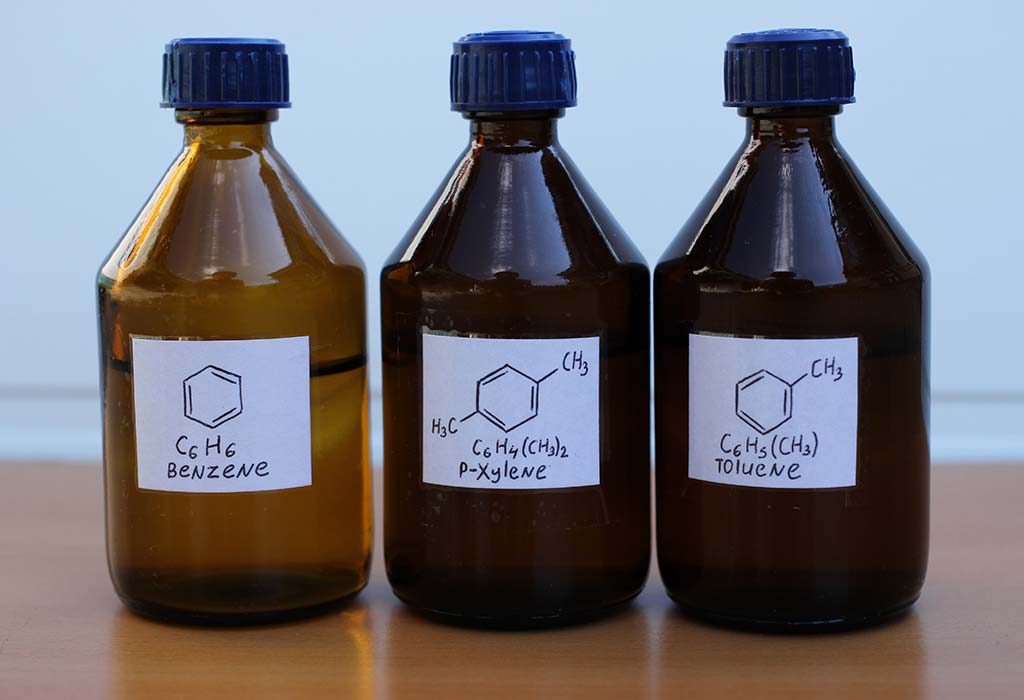Benzene, Toluene and Xylene, commonly referred to as BTX, are aromatic hydrocarbon compounds that are widely used in industrial processes. While BTX play an important role in many products and technologies, they also pose risks to human health and the environment if not properly handled and contained. This article explores the characteristics and uses of BTX compounds as well as outlining the key health and safety considerations associated with these chemicals.
Chemical structure and properties
All three BTX compounds have a six-carbon ring structure that gives them unique properties. Benzene consists of a singular ring, whereas toluene and xylene both have methyl substituents bonded to the ring. This subtle difference in structure impacts their boiling points, viscosity, solubility and other properties. Benzene has a boiling point of 80.1°C, making it a volatile liquid. Toluene and xylene have higher boiling points, allowing them to exist as liquids over a wider temperature range. Their ring structure also makes BTX compounds non-polar and highly soluble in non-polar solvents like ether and gasoline. This solubility plays an important role in their industrial applications and environmental behavior.
Uses in industry
The physical and chemical properties of Benzene, Toluene, Xylene have led to their widespread use in industrial processes and consumer products. Benzene is primarily used to manufacture other chemicals like styrene, cumene and cyclohexane that are building blocks for plastics, nylons and synthetic fibers. Toluene and xylene are commonly used as solvents in paints, coatings, adhesives and cleaning products. In the petrochemical industry, BTX compounds serve as important blending agents and octane boosters in motor fuels. Toluene in particular is an excellent solvent for dyes, drugs and gums due to its ability to dissolve both organic and inorganic materials. These versatile uses across many industries have made BTX useful but also pervasive in our modern world.
Health risks of BTX exposure
While BTX play an integral role in industrial manufacturing, exposure to high concentrations poses threats to human and environmental health. Benzene is a known human carcinogen that has been linked to leukemia and other blood disorders. Laboratory animals exhibited cancers when exposed to airborne benzene. Toluene and xylene are also classified as toxic and can damage the central nervous system with acute or prolonged exposure. Short term effects of BTX inhalation may include dizziness, headaches, irritation of eyes/nose/throat, sleepiness and confusion. Chronic exposure is associated with impaired cognitive function, vision/hearing loss, impaired memory, reduced white blood cells and fatigue. Special precautions must be taken when working with or around BTX to minimize risks through proper ventilation, protective equipment and safe handling protocols.
Environmental Behavior And Regulations
The ability of BTX to dissolve in both water and organic compounds means they can migrate considerable distances through soil, groundwater and air if released into the environment. Toluene in particular exhibits high mobility and has been detected in monitoring wells over a mile from known spill sites. To help curb environmental contamination, authorities in many countries and states have established strict regulations limiting BTX concentrations in air, soil and drinking water. At contaminated facilities and waste sites, remediation usually involves vapor extraction, air sparging or pump and treat systems to remove dissolved BTX from groundwater. Understanding their transport, persistence and toxicity has aided efforts to prevent further environmental releases and clean up past pollution issues involving these important industrial chemicals.
Benzene, toluene and xylene are aromatic compounds having both indispensable uses in manufacturing yet also posing definite risks to health if mishandled or exposure limits exceeded. Their ideal physical properties have led to wide adoption across industrial sectors, but also necessitate caution due to proven ability to cause cancers, nervous system impairments and environmental contamination. Through vigilant regulation, containment practices, workplace safety protocols and remedial actions, risks from these valuable compounds can be reduced to protect both the workforce employing them and surrounding communities. Continuing to balance their strategic importance while advancing protection strategies will help ensure the responsible production and use of BTX chemicals long into the future.
*Note:
1. Source: Coherent Market Insights, Public sources, Desk research
2. We have leveraged AI tools to mine information and compile it




